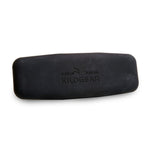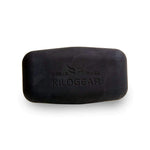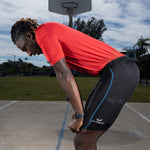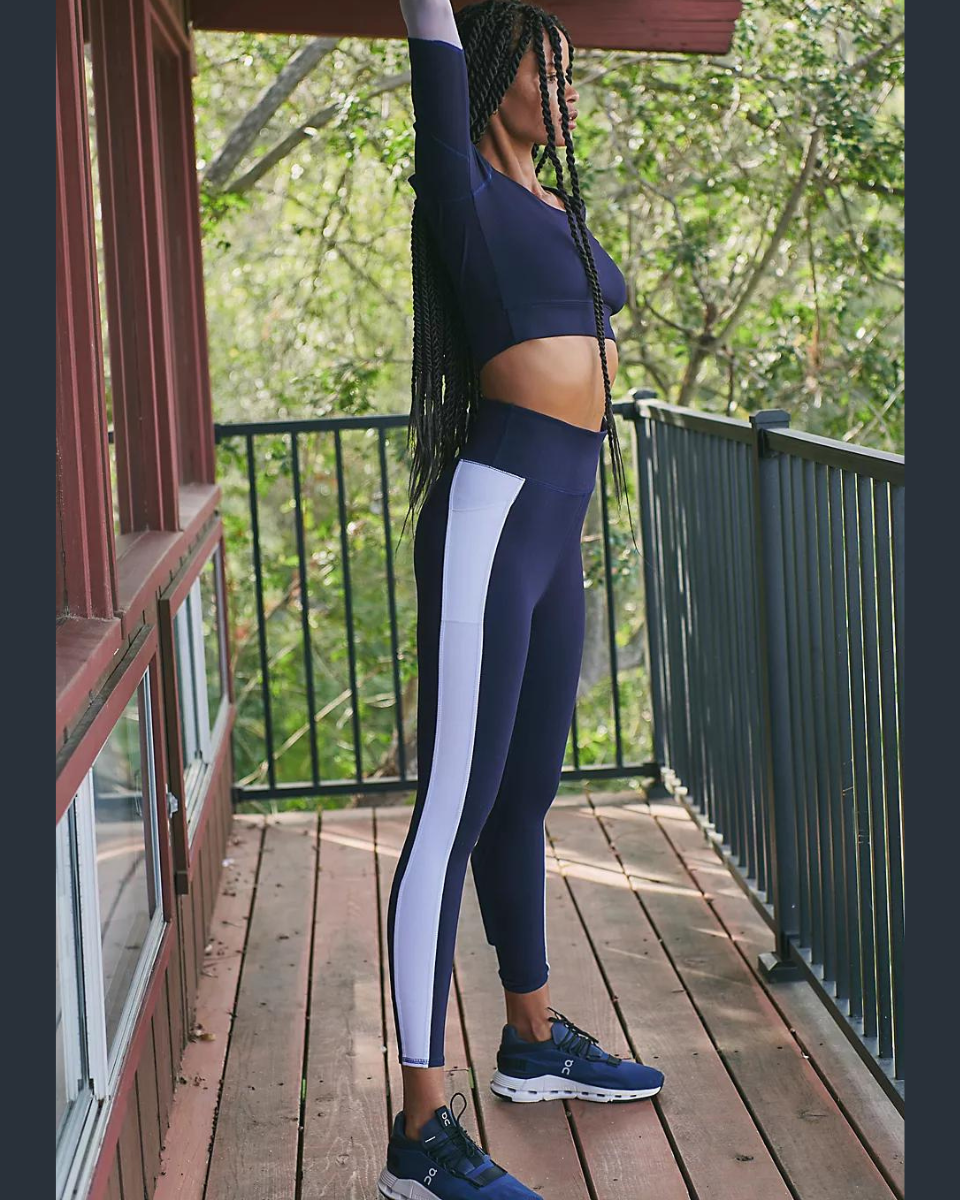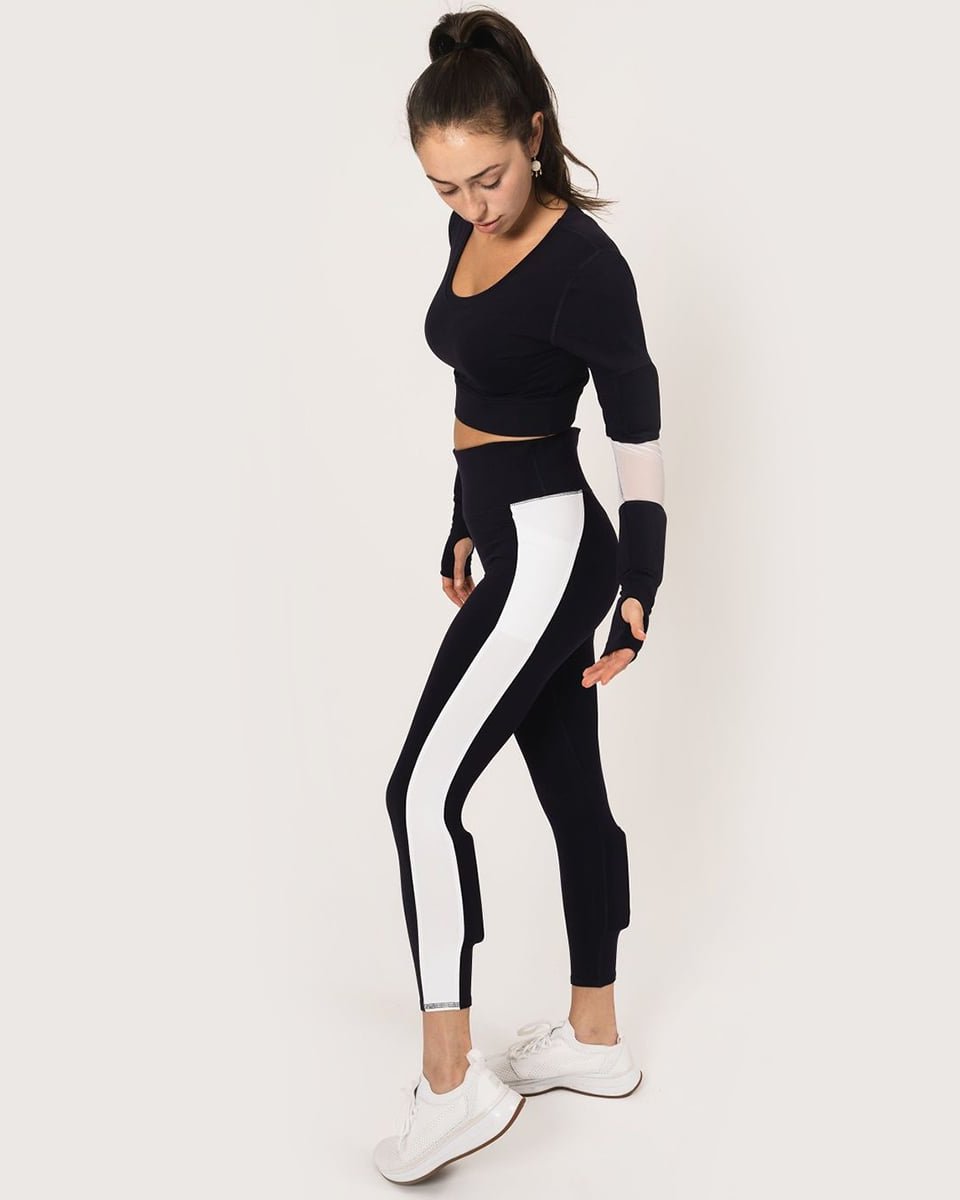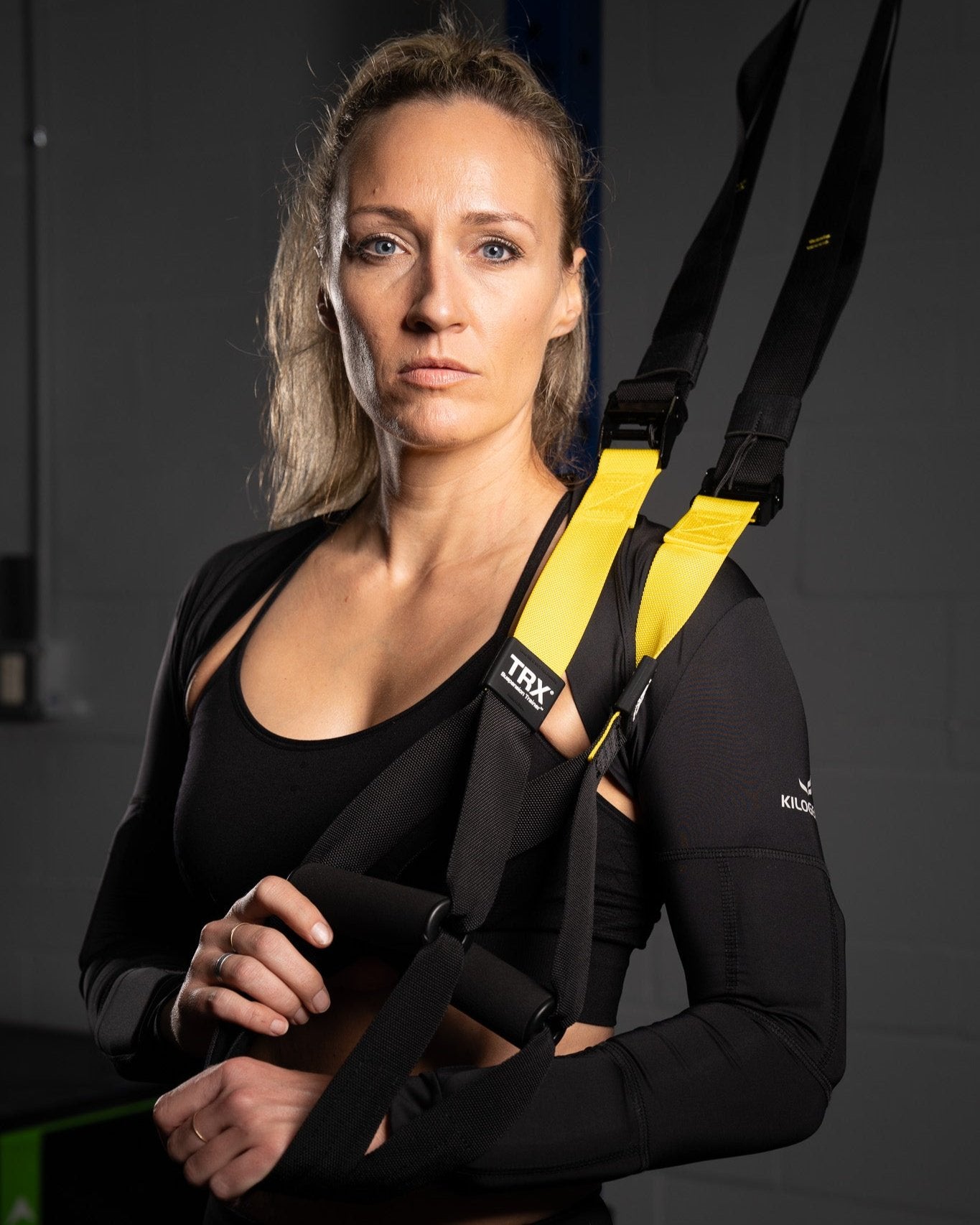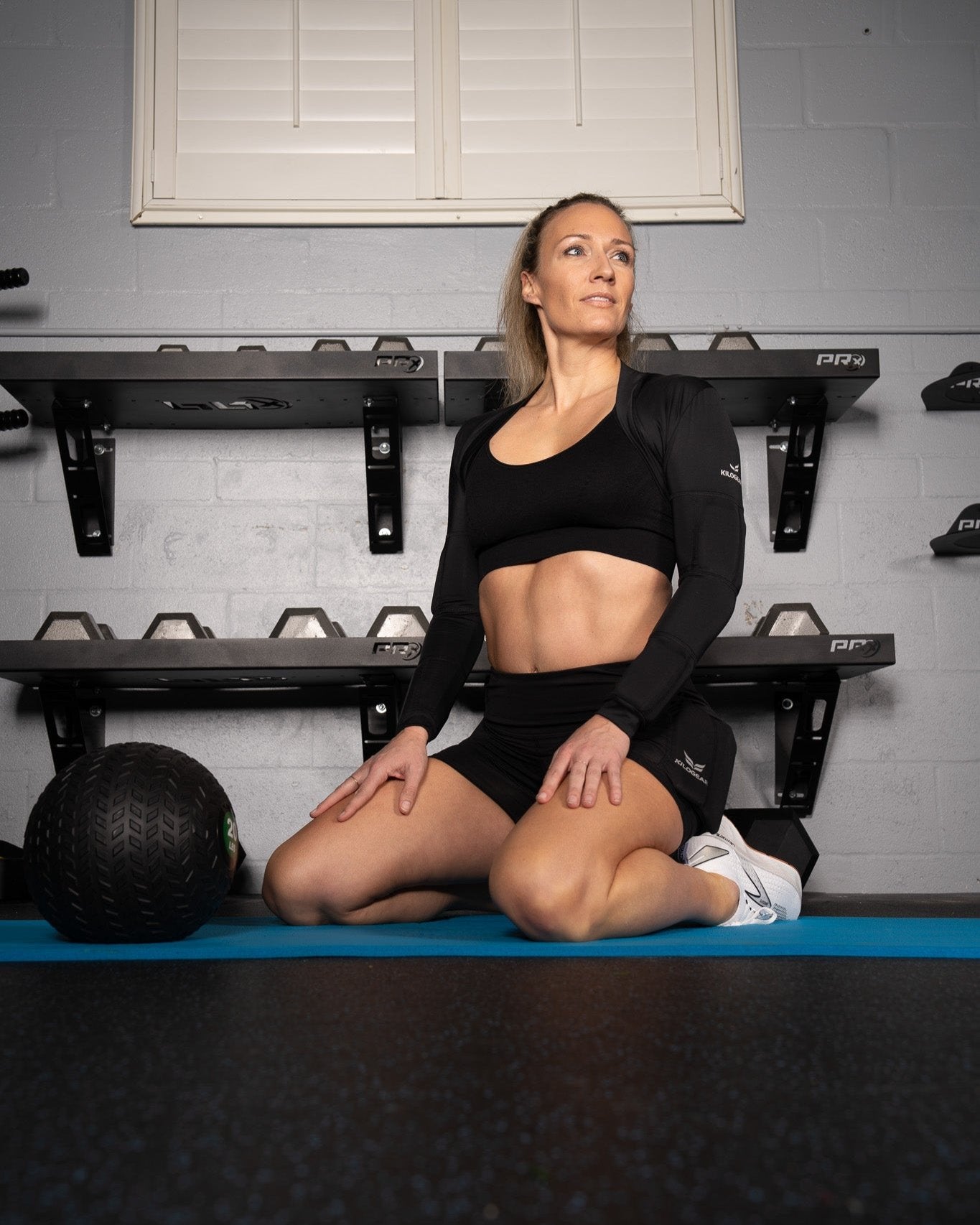If you’re someone who loves to walk as part of your fitness routine, you’ve likely explored ways to make those walks a bit more challenging. Maybe you’ve thought about adding some resistance to your workout. After all, who doesn’t love the idea of burning more calories and strengthening their muscles with the same activity? Two popular ways to dial up the difficulty are using weighted vests or ankle weights. But which one is right for you? Let’s break it down in a way that feels less technical and more real

Why Adding Weight Can Be a Game-Changer?
Think about this for a second. If you’ve carried a heavy grocery bag to your car or up a flight of stairs, you’ve felt how hard your body works with extra weight. Adding resistance to your walk works in the same way. It makes your muscles work harder to move, your heart beat faster, and yes you burn more calories. But here’s the thing you want to do it in a way that feels natural and doesn’t hurt you in the long run. That’s where the decision between wearing a weighted vest or strapping on ankle weights comes into play.
When I first started incorporating weight into my walks, I went for ankle weights simply because they were cheaper and seemed like an easy option. Spoiler alert it wasn’t my best choice. That experience turned me into a big fan of weighted vests, but more on that later.

The Lowdown on Weighted Vests - Why They’re Great?
Okay, a weighted vest is kind of like wearing a backpack in reverse, except it’s filled with weight instead of your everyday junk. What’s awesome about it is that the weight is spread out evenly across your torso, which means you don’t feel like all the pressure is sitting on one part of your body. This makes it ideal if you’re looking for a full-body workout.
Some people, myself included, notice that wearing a vest automatically makes you stand up straighter. Seriously, having weight on your upper body can improve posture while working your core muscles without you even realizing it. Win-win, right? And if you’re someone who’s tackling hillier walks or longer trails, the vest makes that challenge feel both manageable and rewarding.
The Downsides
Now, here’s the catch. Weighted vests can be bulky, and they aren’t exactly cheap. A good one will run you upwards of $50, depending on the size and adjustability. Plus, it can feel weird at first like you're wearing armor. But I found that after a few sessions, it became part of my routine, and the benefits far outweighed any initial awkwardness.

What About Ankle Weights? Love Them or Hate Them?
Ah, ankle weights. Honestly, when I first strapped them on for a 30-minute walk, I felt like a fitness champ. These little weights focused entirely on my lower body, making my calves and hamstrings burn in the best way. If you mainly want to strengthen and tone your legs, ankle weights give you that edge. They’re also seriously portable you can throw them in a gym bag or even a large purse.
But here’s the catch. After a week of using them regularly, my knees started to bother me. And I later learned why ankle weights create a sort of unnatural pull on your legs. This can throw off your stride and put unnecessary pressure on your joints. If you use them, it’s best to keep walks short or use very light weights. I didn’t know this when I started, and I had to take a break to recover from that knee strain. Lesson learned.

Which One Should You Pick?
Here’s my honest take if you’re looking for a more well-rounded workout that incorporates not just your legs but your core and even your arms, go with a weighted vest. It’s safer on your joints, and you can control how heavy you go since most vests allow you to adjust the weight in small increments.
But if you just want a quick, intense lower-body challenge, ankle weights can be your friend as long as you don’t overuse them. Use them for 10-15 minutes of a walk or save them for short power-walking sessions.
A Quick Comparison
|
Feature |
Weighted Vest |
Ankle Weights |
|
Focus Area |
Full-body |
Lower-body (legs) |
|
Great For |
Long walks, endurance |
Short bursts, leg toning |
|
Risk Level |
Low (even weight) |
Higher (joint strain) |
|
Cost |
More expensive |
Budget-friendly |
How to Transition Safely?
Whether you pick a vest or ankle weights, it’s crucial to start slow. When I bought my weighted vest, I started with just 5 pounds. Sure, it didn’t feel like much at first, but man, after my usual 3-mile walk, I could it. After a month, I felt strong enough to bump it up to 10 pounds. Progress is slow but worth it.
If you’re experimenting with ankle weights, stick to 1 or 2 pounds max, even if you feel tempted to go heavier. Oh, and don’t forget about good walking shoes that give ample support.
Real People, Real Results
I have a friend, Rachel, who started out using ankle weights while walking trails near her home. She loved the leg toning results but had trouble with knee pain after just a few weeks. She switched to a lightweight vest, and the difference was night and day. The vest not only strengthened her entire body but also made her feel fitter and more confident during her hikes.
On the flip side, my dad, who enjoys shorter half-mile walks around the park, swears by his ankle weights, especially for the quick muscle pump they give him. Moral of the story? There’s no one-size-fits-all answer it’s about what works best for you
Final Thoughts
Weighted walking workouts are a fantastic way to bump up your calorie burn and fitness level without overhauling your routine. A weighted vest is your all-around option for longevity and joint safety, while ankle weights are like a spicy little addition for quick intensity. Start light, listen to your body, and most importantly, enjoy the journey. Once you try it, you’ll never look at walking the same way again. Happy stepping!



